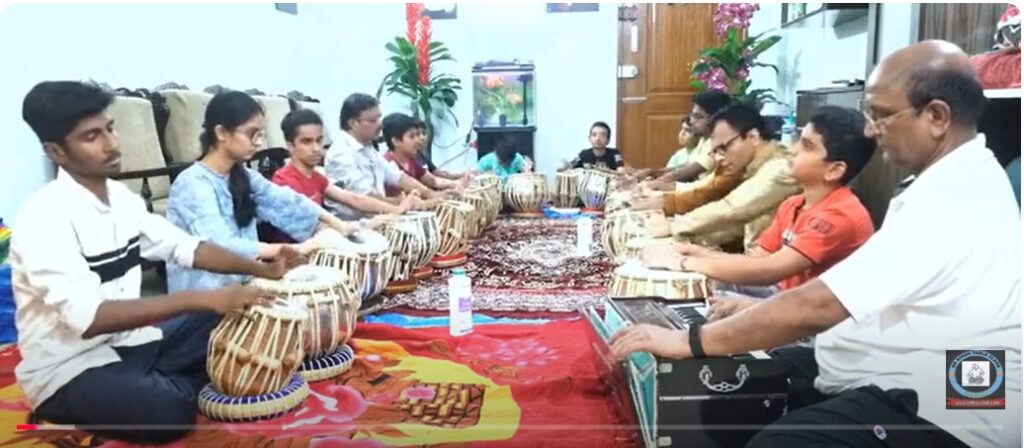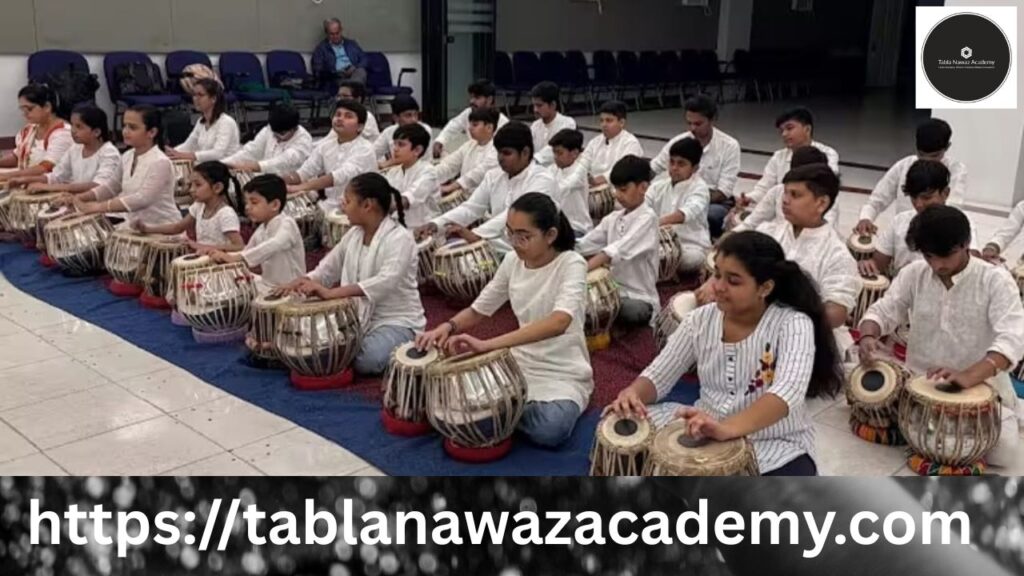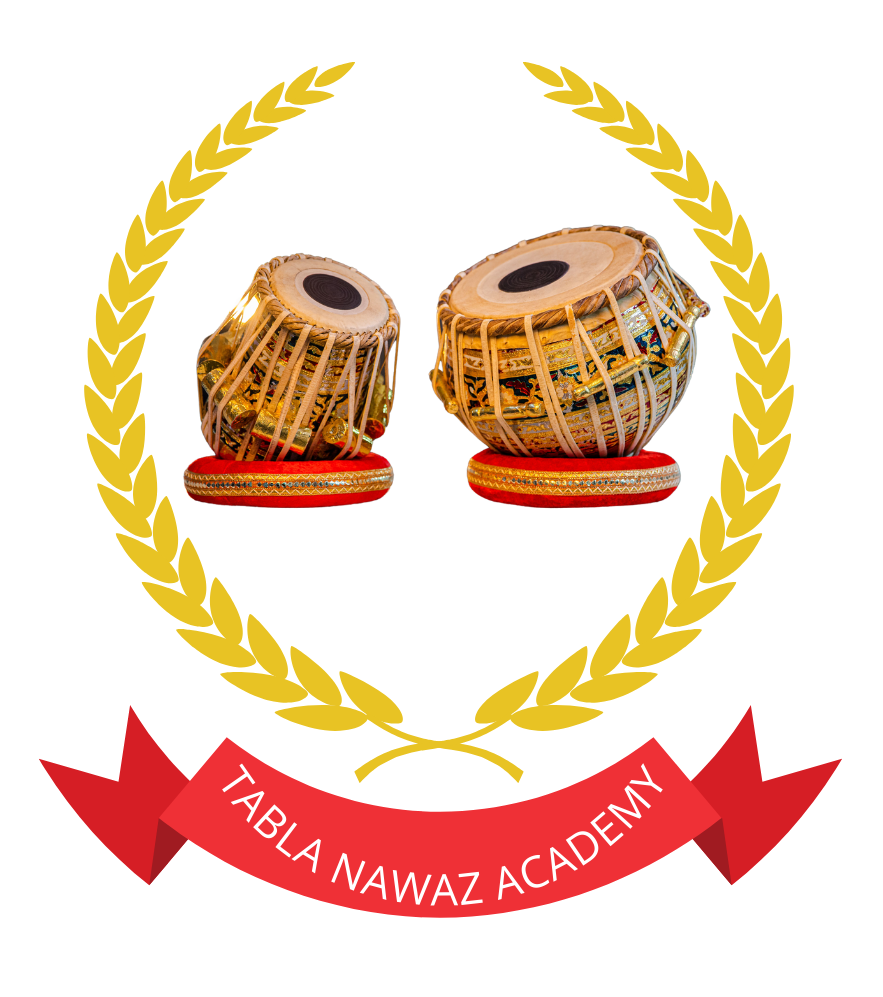Echoes of Durgesh: A Peshkar in 9 Beats, “In every beat lies a story; in every cycle, a universe.”
— Ancient Indian musical proverb, Introduction: Unveiling the Echo, The tabla, with its evocative range of tones and rich cultural lineage, has long stood as a pillar of Indian classical music. Among the many expressive compositions a tabla artist performs, Peshkar holds a revered place—it is the graceful opening of a tabla solo, the very invocation of rhythm. In this post, we dive into a captivating new creation: “Echoes of Durgesh: A Peshkar in 9 Beats”—a powerful and intricate rhythmic journey set in the unique Durgesh Taal, a 9-beat rhythmic cycle that blends mystery, balance, and strength.
What is Durgesh Taal?
While traditional taals like Teentaal (16 beats) and Rupak (7 beats) are commonly taught, Durgesh Taal is part of a more experimental lineage—lesser-known but deeply resonant. Comprising 9 beats, this taal breaks from the symmetry of 8 or 16, inviting complexity and creativity.
Its vibhag (divisions) may be expressed as 2 + 3 + 2 + 2, offering an uneven yet flowing structure. This asymmetry allows for dynamic phrasing and gives the artist room to explore the edges of rhythm and resolve.
The Role of Peshkar: A Rhythmic Overture
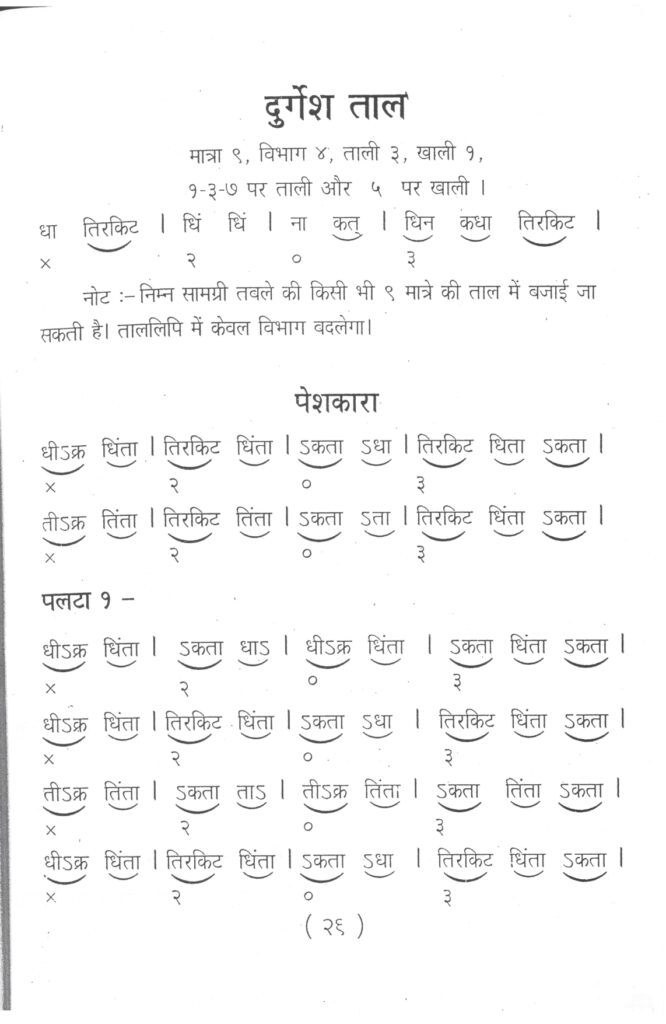
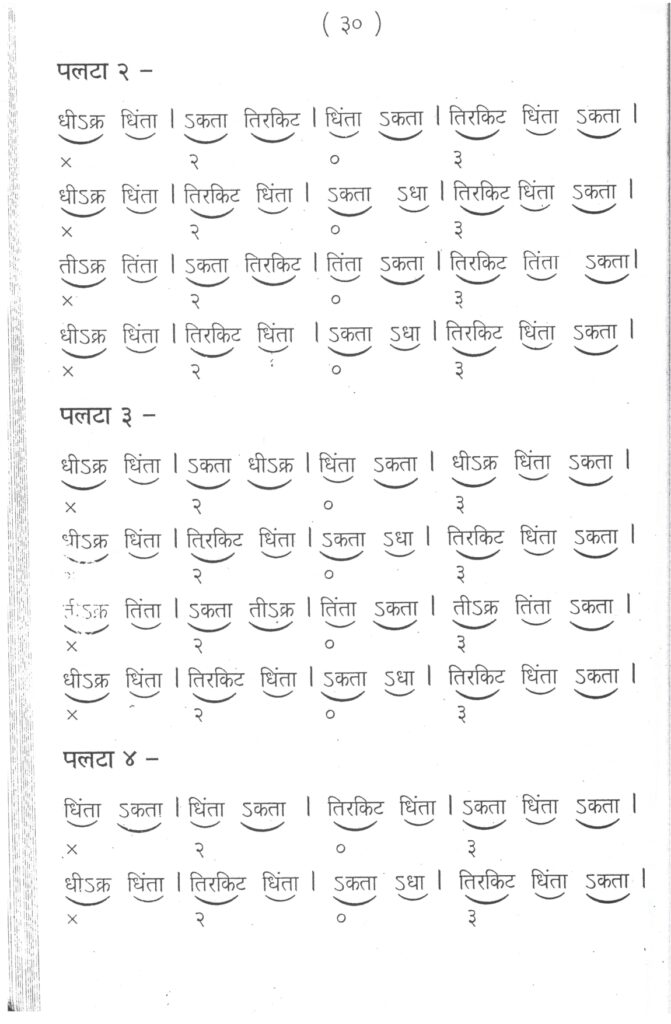
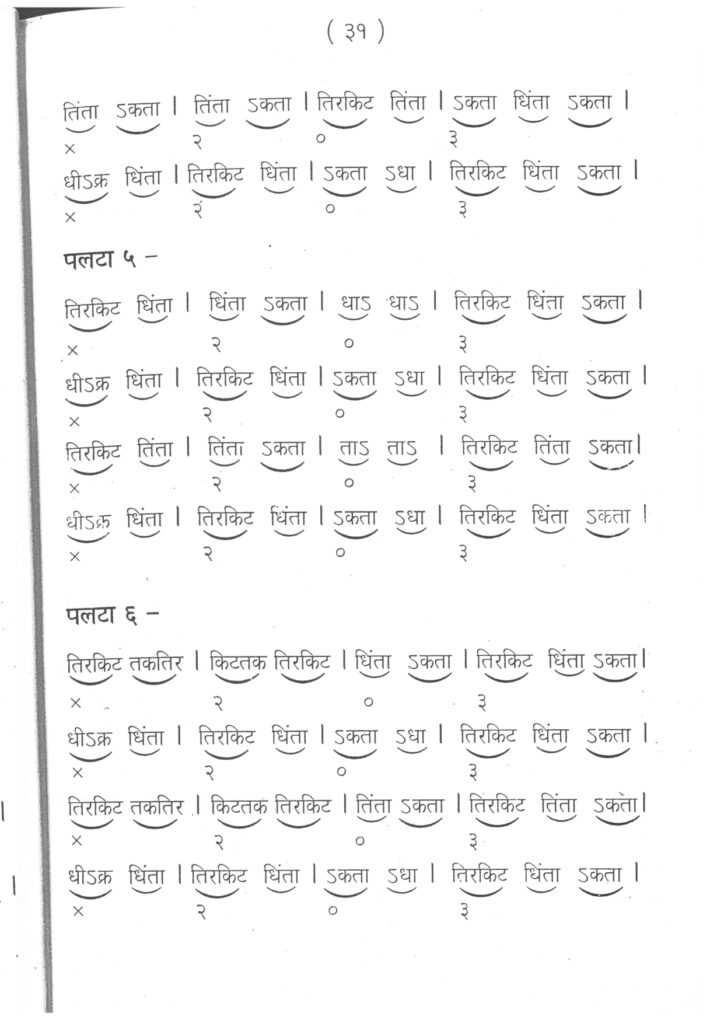
In tabla solo performance, the Peshkar is not just a warm-up—it’s an unfolding of thought and feeling. Derived from the Persian word “Pesh,” meaning “to present,” the Peshkar is the artist’s presentation of mood, tempo, and style before diving into more fixed compositions like kaidas, relas, or tukras.
“Echoes of Durgesh” opens with a slow Vilambit (slow tempo) Peshkar, where each stroke paints an aural landscape. The bayan (bass drum) resonates like distant thunder, while the dayan (treble drum) speaks with clarity and intent. The artist explores the taal’s 9-beat cycle through a variety of bols (syllables), modulations, and textures.
Structural Breakdown of the Peshkar
- Tempo: Starts in Vilambit laya (slow tempo).
- Bol Vocabulary: Features rich strokes like Dha, Dhin, Ge, Na, Tin, Tu—each played with intention.
- Theka Reference: The underlying structure is hinted at subtly, never stated outright.
- Improvisation: Artistically navigates the asymmetrical beat cycle, playing with tension and release.
- Progression: Gradual build-up to Madhya laya (medium tempo), introducing laykari (rhythmic modulation).
This performance makes full use of the 9-beat cycle’s nature—every return to sam (the first beat of the cycle) feels like a triumphant resolution after rhythmic detours.
Why 9 Beats? The Significance of Odd Cycles
In Indian rhythm, odd-numbered taals like 9, 11, or 13 are viewed as advanced due to their inherent asymmetry. They challenge both performer and listener to go beyond familiar patterns.
Durgesh Taal, in particular, invites meditative concentration. The name “Durgesh” evokes the image of a protector or fortress of rhythm—aptly describing the taal’s strength and structure. The uneven nature lends itself to introspection and surprise, keeping the listener actively engaged.
Echoes in Modern Performance
“Echoes of Durgesh” was recently featured in a digital tabla concert series by emerging percussionist Shivam Roy, who has been experimenting with non-traditional taals. The performance stood out not only for its technical complexity but for the emotional weight it carried.
As Shivam explains:
“Durgesh Taal speaks to the warrior within. It’s about balance—not just in rhythm but in life. This Peshkar is my way of invoking that spirit.”
Listen to the Echo
🎧 Sample Recording – Click here to listen to “Echoes of Durgesh”
(Note: Replace with actual link if available.)
You’ll notice how each phrase circles back to the sam like a comet orbiting the sun—sometimes predictable, sometimes surprising, always powerful.
For Tabla Learners: How to Begin with Durgesh Taal
If you’re learning tabla and want to explore this composition:
- Start by clapping and counting the 9 beats in the chosen vibhag (e.g., 2 + 3 + 2 + 2).
- Try playing basic theka with simple bols like Dha – Dhin Dhin – Dha – Tin – Na.
- Practice composing short phrases that resolve neatly on the 9th beat.
- Use a tabla app or Lehra studio set to a 9-beat lehra for accompaniment.
Conclusion: The Future of Rhythm
“Echoes of Durgesh” proves that tradition and innovation are not opposites—they are companions on the journey of musical exploration. The Peshkar in 9 beats is not just a showcase of skill but a meditation on rhythm, offering both performer and listener a space to reflect, feel, and transform.
Whether you are a listener or a tabla student, let this composition inspire you to explore beyond the familiar. The tabla is an ocean—and Durgesh is one of its hidden waves.
🔔 Call to Action
- 🎧 Have you heard a 9-beat tabla performance before? Share your favorite in the comments!
- 🥁 Want to learn Durgesh Taal? Check out this beginner-friendly
- 📊 Poll: What’s your favorite taal to listen to?
- Teentaal
- Rupak
- Ektaal
- Durgesh Taal
- Other
✍️ Mini Quiz: Know Your Rhythm
Question: Which of the following is NOT a standard 9-beat taal?
a) Matta Taal
b) Durgesh Taal
c) Jhaptaal
d) Dhamar
👉 Answer: Dhamar (it’s 14 beats!)
Let the echoes continue.
#Tabla #DurgeshTaal #IndianRhythm #Peshkar #RhythmicExploration
https://www.youtube.com/@BhagawanSingh
